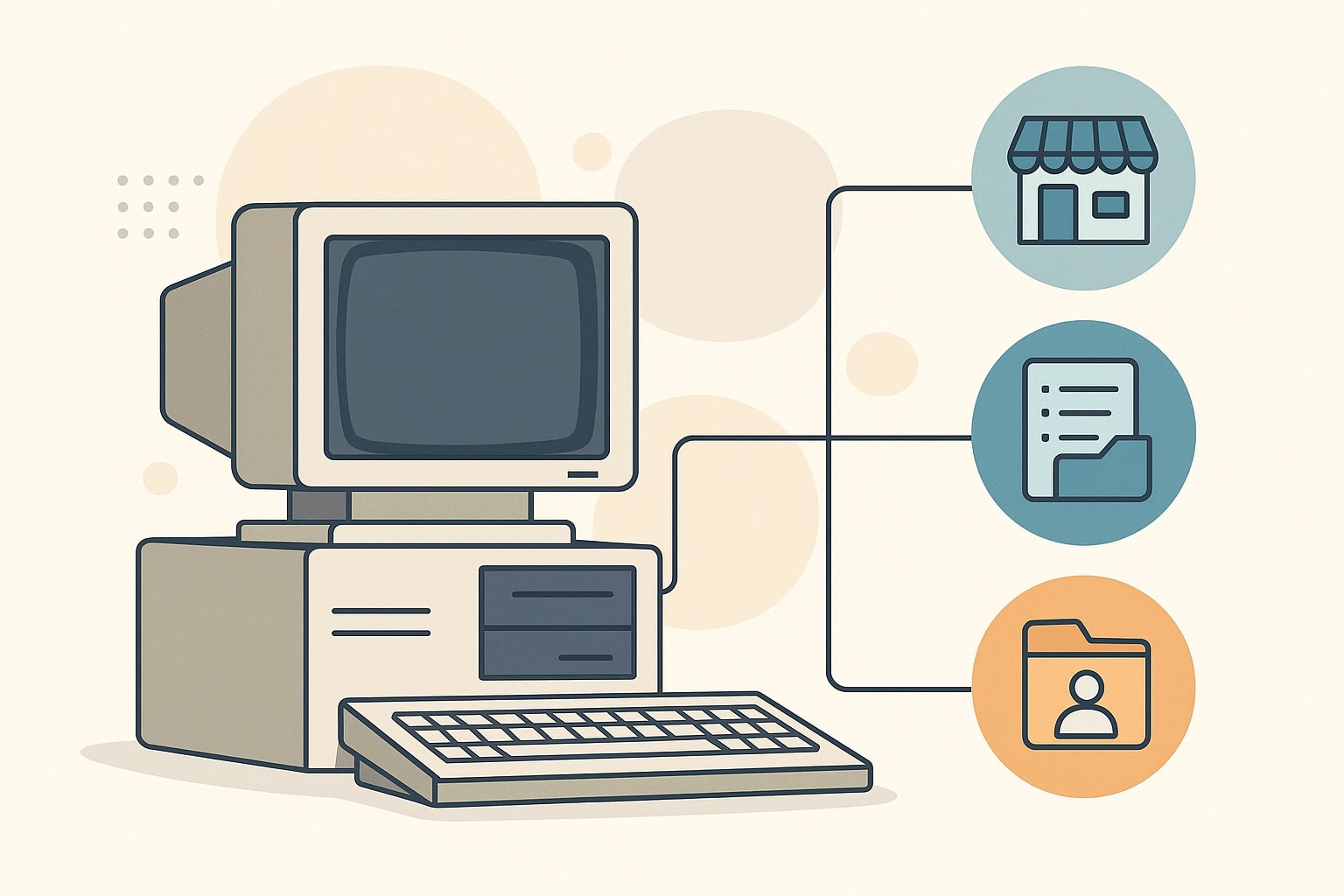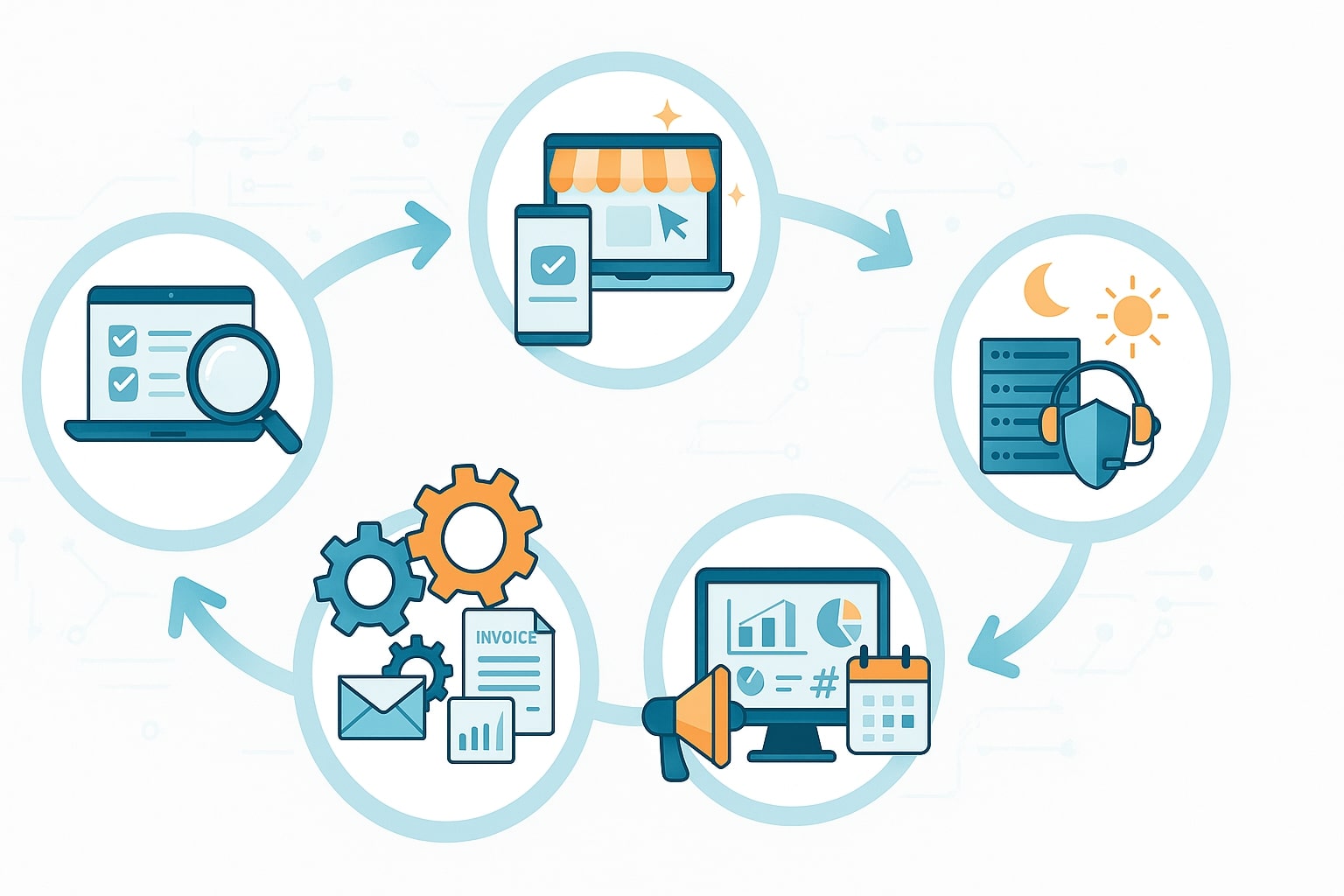KSOFT
When you start a business, the first few months are all about action. You’re chasing customers, building products, creating your brand, and trying to grow fast. Technology feels like the least of your worries — as long as “it works,” you’re happy.
But here’s the surprising truth: many startups are already running on outdated software systems — even in their very first year. It happens quietly, and most founders don’t realize it until their growth starts to slow down.
This is more than just a technical problem. It’s a growth problem, a customer problem, and sometimes even an investor problem. If your systems are “old” before your business is even old, you might be limiting how far your startup can go.
When people hear “legacy tech,” they imagine dusty old computers from the 90s or software that looks like it belongs in a museum. But that’s not the full story.
Legacy tech isn’t just about age — it’s about fit. If your system can’t adapt to new needs, integrate with modern tools, or scale as your business grows, it’s already “legacy.”
For example, your startup might be using:
Sometimes, legacy tech sneaks in because:

Think about opening a coffee shop. Your shop is popular, but your coffee machine makes only one cup at a time. No matter how many customers are waiting, the line moves slowly. That’s exactly how outdated tech works — it slows down your business at the worst time.
Here’s what it can do:
And the worst part? Customers don’t see your system — they just see the delays, mistakes, or outdated experiences.
Legacy tech is dangerous because it hides well. Your system might “work,” but here’s what’s happening in the background:
These risks don’t show up in your daily to-do list — they show up when your system suddenly fails at the worst possible moment, like during a product launch or sales season.
Here are a few questions every founder should ask:
If you said “yes” to even two of these, it’s time to check your tech health.
Here’s where many founders get stuck — you know your system isn’t perfect, but replacing it feels risky. What if you spend months upgrading and lose focus on customers?
The truth is, modernizing doesn’t have to mean replacing everything at once. Many startups choose a phased approach using startup tech services that upgrade key areas first, without stopping day-to-day operations.
Startups have limited time and money, so here’s a step-by-step approach:

When your tech is modern, you can:
A small online clothing brand started with a simple website template. It worked fine for 50 orders a month, but as they grew, their system slowed, customers complained, and integration with new payment methods failed.
Instead of replacing everything, they:
Within 6 months, their order capacity tripled — without doubling their costs.
Technology will keep changing, and so will your business. The secret to avoiding legacy problems is building flexibility into your systems now.
Your startup is like a new house — if the foundation is weak, you’ll spend years fixing cracks instead of building more rooms. Don’t let hidden legacy systems limit your success. Build smart from the start, keep your tech fresh, and your business will have the space to grow without limits.
At the end of the day, it’s not about having “any” software — it’s about having the right software that grows with you. That’s where KSoftTechnologies helps startups transform outdated systems into powerful growth engines.
